How to Start Fish Farming in the USA?
Starting a fish farm feels like a huge step, with so many rules and costs. But what if you could turn this complex process into a clear, manageable plan for a profitable business?
To start fish farming in the USA, you need to choose the right fish species and farming system, secure a suitable location, and navigate the maze of permits. A solid business plan is your roadmap, guiding you from initial setup to your first profitable harvest.
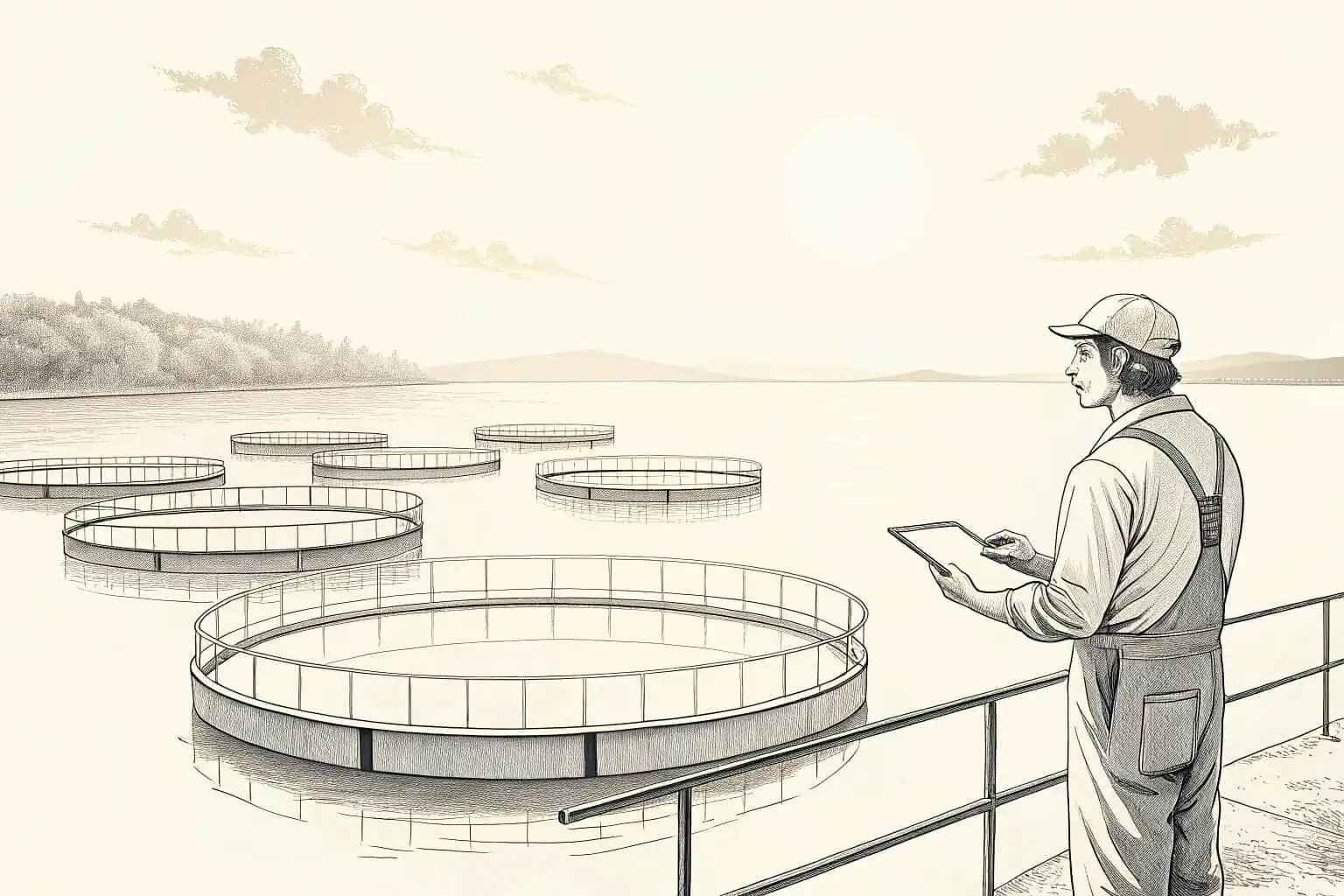
As someone who has been in the aquaculture industry for a while, I see fish farming in the United States as a field full of energy and constant growth, where opportunities and real challenges go hand in hand. For me, starting a fish farm is all about making careful choices about species and systems. It could be a beginner raising tilapia in a simple pond or a commercial operation with high-tech salmon farming. It also means working through the complex world of licenses and planning. I’ve learned that with the right approach, you can build a successful business that not only feeds people but also supports the local economy. It’s a journey of balancing risks and rewards, and I'm excited to share what I've learned.
How profitable is fish farming in the USA?
You want to know if fish farming is a good investment, but the potential for profit can seem unpredictable. Let's break down the factors that really determine your earnings and financial success.
The profitability of fish farming in the USA depends heavily on your chosen species, the scale of your operation, and your management skills. High-demand fish like salmon can be very profitable but require significant investment, while others like catfish offer more stable, accessible returns.
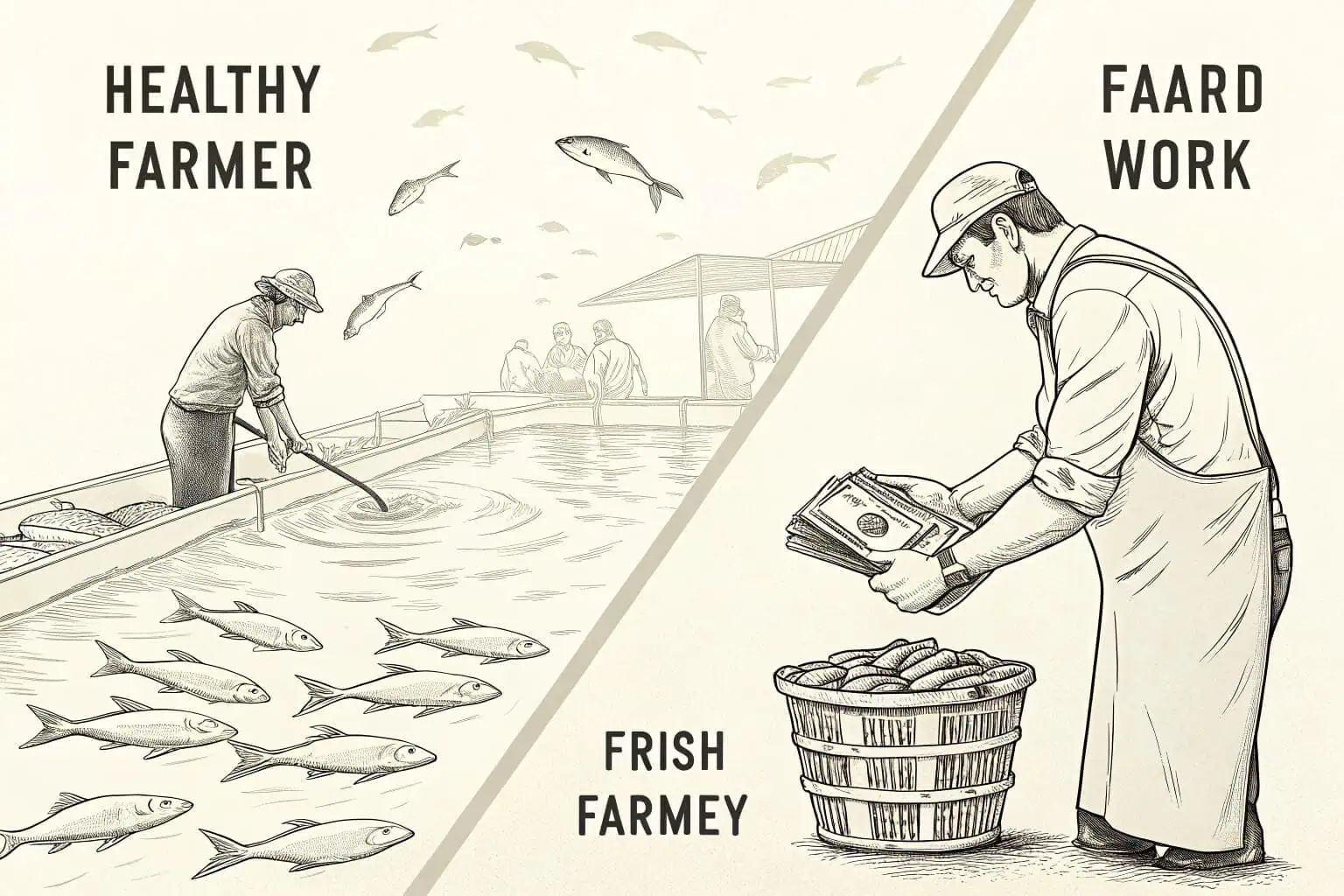
I've seen firsthand how profitability can soar with the right choices. Farming high-demand species1 like shrimp or salmon can bring in big money, but it takes a lot of capital and skill. On the other hand, tilapia provides a steadier, more achievable income for smaller farms. It's a balancing act. You have to weigh the potential for high returns against the initial investment and the expertise required. My experience has taught me that there's no single answer to how profitable fish farming can be. It's about finding the right fit for your resources and goals. Whether you're aiming for the high-end market or a stable local business, success comes from smart planning and hard work.
Factors Influencing Profitability
Your profit is tied directly to a few key things. First is the scale of your farm. A larger operation can benefit from economies of scale, lowering per-unit costs, but it also means a bigger initial investment. Second, your choice of species is critical. High-value fish fetch better prices but often need more complex and expensive systems. Market demand is another huge factor. You need to know who you're selling to and what they're willing to pay. Finally, operational efficiency2 is what ties it all together. Managing feed, preventing disease, and minimizing waste will directly impact your bottom line. I always tell newcomers to focus on efficiency from day one.
High-Value vs. High-Volume Species
There are two main paths to profit in this business: high-value or high-volume. High-value species like salmon and shrimp command premium prices but come with challenges. They require pristine water conditions and specialized knowledge, making the stakes higher. High-volume species like catfish and tilapia are the workhorses of the industry. They are more forgiving, grow quickly, and have a broad, stable market. The profit margin per fish is lower, but you make up for it in quantity. I've seen both models succeed, and the right choice depends on your risk tolerance and resources.
| Feature | High-Value (e.g., Salmon) | High-Volume (e.g., Catfish) |
|---|---|---|
| Market Price3 | High | Moderate |
| Startup Cost4 | Very High | Moderate to Low |
| Expertise Needed | High | Low to Moderate |
| Risk Level | High | Low |
Understanding Your Costs
Before you even think about profits, you have to understand your costs. There are two types: initial investment5 and operational costs. The initial investment includes land, ponds or tanks, plumbing, and initial stock. This can be a big number, especially for more advanced systems. Then you have the ongoing operational costs: feed, electricity, water, labor, and veterinary care. Feed is usually the biggest expense. I always advise people to create a detailed budget. You need to know exactly where your money is going to have any chance of turning a profit. It’s not the most exciting part of fish farming, but it’s one of the most important.
What fish are most profitable to farm?
Choosing the right fish is the most important decision you'll make for your farm's bottom line. Making the wrong choice can be a costly mistake. Let's look at the options that offer the best returns.
Salmon and shrimp often top the list of most profitable species due to high market prices. However, for those seeking consistent profits with lower startup costs and risks, catfish and tilapia are excellent, reliable choices that have a strong market presence.
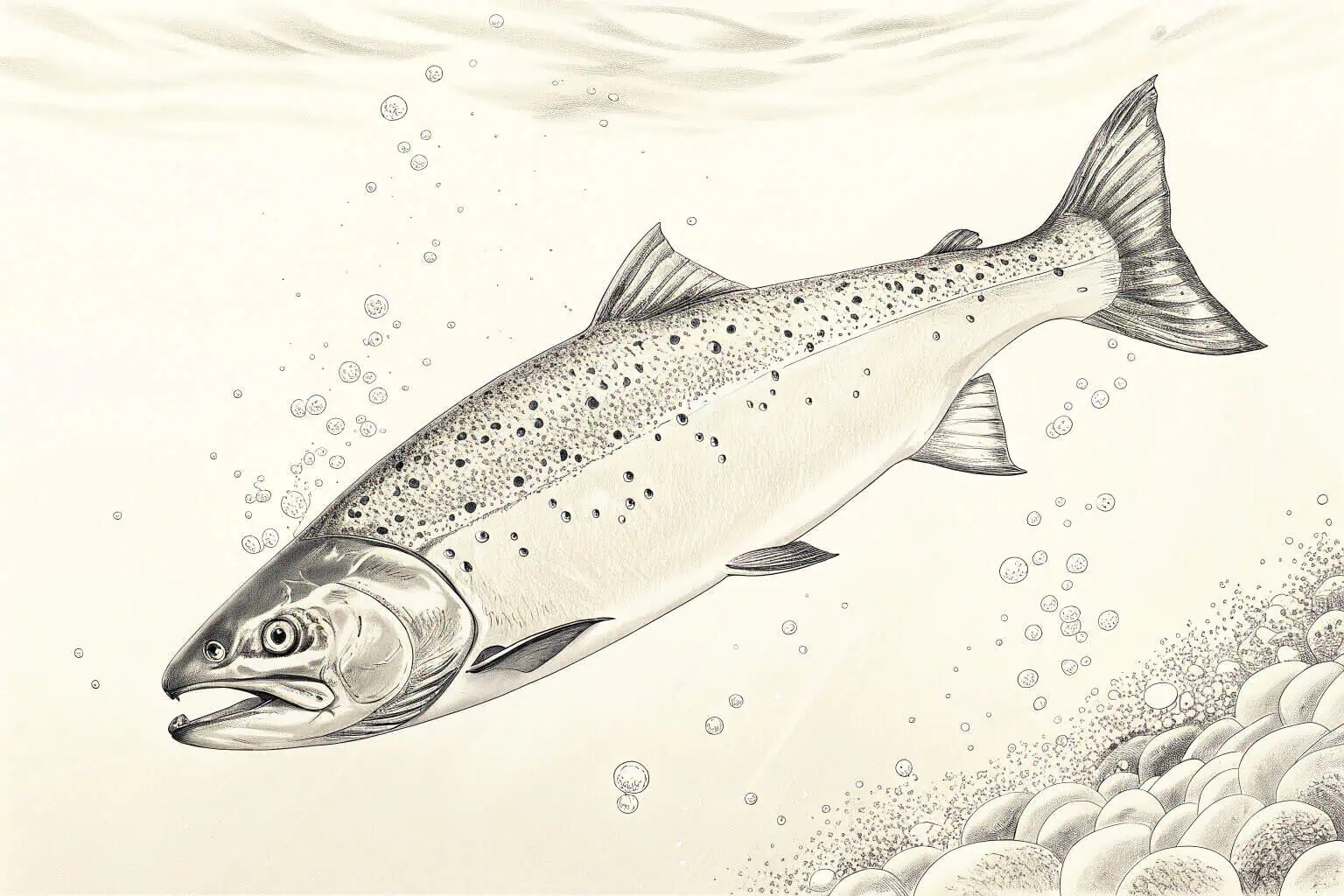
In my years in this business, I've seen trends come and go, but the demand for certain fish remains strong. When people ask me what to farm for profit, I usually start by talking about salmon6. The market price is consistently high, but so are the demands for raising them. You need cold, clean water and a lot of technical skill. It's a high-risk, high-reward game. Then there's catfish, a staple in the American South. It's a much hardier fish and the market is very stable. You won't get the premium prices of salmon, but your path to profit is often clearer and less stressful. It's about matching the fish to your farm's capabilities and your local market's appetite.
The High-End Market: Salmon and Shrimp
Farming salmon or shrimp is like entering the luxury market. Consumers are willing to pay more, but they also expect a top-quality product. For salmon, this means investing in advanced systems like Recirculating Aquaculture Systems (RAS)7 to maintain perfect water temperature and quality. The learning curve is steep, and the initial costs are significant. Shrimp farming has similar challenges, with a high sensitivity to water conditions and disease. But if you can master it, the financial rewards are substantial. I've seen farms that specialize in these species do incredibly well, but they are run by people with deep expertise and financial backing.
The Stable Performers: Catfish and Tilapia
If you're looking for a more dependable route, catfish and tilapia are your best bets. I often recommend these to people starting out. Catfish are tough. They can handle less-than-perfect water and are resistant to many diseases. There's a huge, established market for them, especially in the southern states. Tilapia are even more resilient. They grow incredibly fast and can be raised in a variety of systems, from simple ponds to more intensive tanks. Their mild flavor has made them popular across the country. The profit margins aren't as dramatic as with salmon, but the lower risk and steady demand make them a cornerstone of the U.S. aquaculture industry.
| Feature | Tilapia | Catfish |
|---|---|---|
| Suitability for Beginners | Recommended | Recommended |
| Resilience/Hardiness | Even More Resilient | Tough |
| Water Tolerance | High | Can handle less-than-perfect water |
| Disease Resistance8 | High | Resistant to many |
| Market | Popular across country (mild flavor) | Huge, established (especially southern states) |
| Growth Rate9 | Incredibly Fast | Fast |
| Cultivation Systems | Variety (ponds to intensive tanks) | Variety (ponds etc.) |
| Profit Margins | Stable (not as dramatic as salmon) | Stable (not as dramatic as salmon) |
| Risk | Lower | Lower |
| Demand | Steady | Steady |
Niche and Emerging Markets
Beyond the big names, there are other profitable opportunities in niche markets. Trout, for example, do very well in cooler climates and are popular for recreational fishing10 and restaurants. There's also a growing market for ornamental fish like koi, which can be surprisingly lucrative if you have an eye for quality and aesthetics. Some farmers are exploring species like barramundi or yellow perch. These markets might be smaller, but they can be very profitable if you can establish yourself as a reliable local supplier. It pays to research what's in demand in your specific region.
Which fish is easiest to farm?
As a beginner, you want to start with a fish that won't cause too many headaches. Choosing a complex species can be overwhelming and expensive. Here are the most beginner-friendly fish to get you started.
Tilapia and catfish are widely considered the easiest fish to farm. They are hardy, grow fast, and tolerate a wide range of water conditions, which makes them forgiving for new farmers who are still learning the ropes. This resilience is why I recommend them so often.
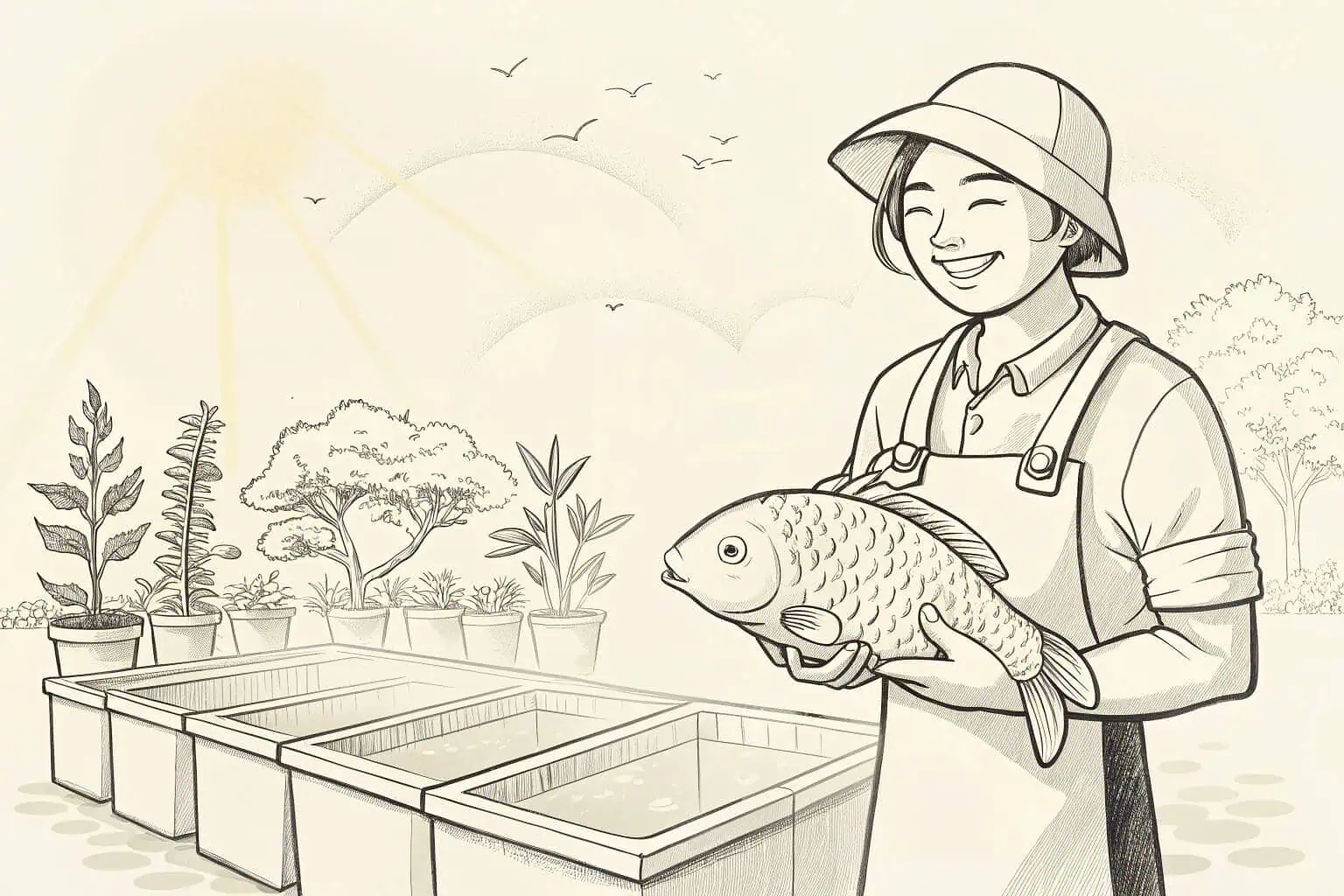
When I talk to people who are new to the industry, their biggest fear is failure. They worry about losing their entire stock to a simple mistake. That's why I always steer them toward tilapia11 or catfish. I can't count how many successful farms I've seen that started with one of these two species. Their natural hardiness gives you a buffer as you learn. You don't need a perfect, high-tech system to keep them alive and growing. They eat almost anything and grow quickly, which means you see a return on your investment sooner. Starting with an easy fish builds your confidence and lets you learn the fundamentals of farming without the constant stress.
Why Tilapia is a Top Choice for Beginners
There's a reason tilapia is often called the "aquatic chicken12." It's one of the most adaptable fish you can farm. They are incredibly resilient and can thrive in water conditions that would be stressful for other species. Their diet is another big plus. As omnivores, they can be fed a wide variety of plant-based pellets, which are often cheaper than the high-protein feeds required by carnivorous fish. Best of all, they grow fast. In the right conditions, a tilapia can go from a small fingerling to a market-size fish in just six to nine months. This quick turnaround is a huge advantage for a new business.
The Benefits of Farming Catfish
Catfish are another fantastic choice for beginners, especially in the United States where there is a strong, established market. They are famously tough. I've seen catfish survive in ponds with low oxygen levels that would have killed other fish. This resilience makes them very forgiving. They are also well-suited to pond culture13, which is one of the simplest and most cost-effective farming methods. You don't need a lot of fancy equipment to get started with catfish. Their popularity in American cuisine, particularly in the South, means you'll have a ready market waiting for your product.
What Makes a Fish "Easy" to Farm?
When we talk about an "easy" fish, we're looking at a few specific traits. We want a fish that is tolerant of different water parameters, resistant to common diseases, has a simple diet, and grows quickly. Both tilapia and catfish check all these boxes. They give you a much wider margin for error, which is exactly what you need when you're starting out. Choosing an easy fish isn't about taking shortcuts; it's about setting yourself up for success.
| Feature | Tilapia | Catfish |
|---|---|---|
| Water Tolerance | Very High | High |
| Disease Resistance14 | High | Very High |
| Diet | Omnivorous (cheaper feed) | Omnivorous |
| Growth Rate15 | Very Fast | Fast |
What is the major problem in fish farming?
Every industry has its challenges, and it's important to know them upfront. An unforeseen problem can quickly ruin a fish farm. Let's identify the biggest hurdles so you can be prepared for them.
Disease outbreak is the most significant threat in fish farming and can wipe out entire stocks in a matter of days. Beyond that, maintaining water quality and navigating complex government regulations are the other major, persistent challenges that every fish farmer faces.
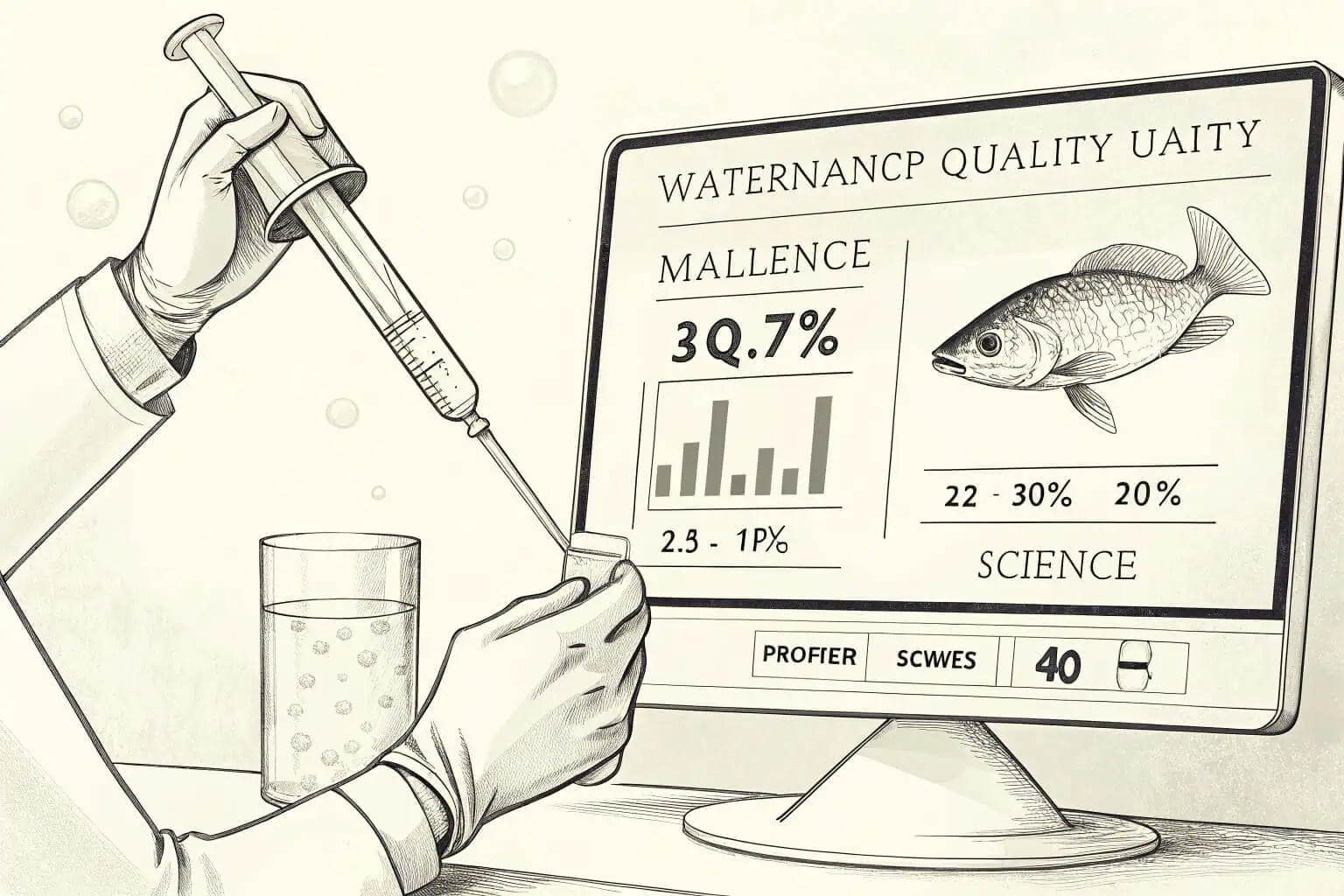
Nothing keeps me up at night like the thought of a disease outbreak16. I've seen it happen. A farm can be thriving one week, and the next, it's facing a total loss. It's a devastating blow, not just financially but emotionally. You spend months caring for these fish, and a disease can undo all that work in an instant. This is the biggest risk we face. But it's not the only one. The daily grind of managing water quality is a constant battle. And then there's the paperwork—the permits and regulations that seem to change all the time. These are the realities of the business that you don't always see in the brochures.
The Threat of Disease
Disease is the number one enemy of a fish farmer. Outbreaks are often caused by stress from poor water quality, overcrowding, or improper handling. Once a pathogen takes hold, it can spread through a tank or pond with terrifying speed. Prevention is everything. This means quarantining new fish, maintaining excellent water conditions, and using high-quality feed. I always tell farmers to have a good relationship with an aquatic veterinarian17. Being able to get a quick diagnosis and treatment plan can be the difference between a small problem and a catastrophic loss. Regular monitoring for any signs of illness is a non-negotiable part of the daily routine.
The Constant Battle for Water Quality
Fish live in their own waste, so managing water quality is a relentless task. You are constantly monitoring and adjusting things like pH, ammonia, nitrite, and dissolved oxygen levels. Ammonia, which comes from fish waste and uneaten feed, is particularly toxic. A good filtration system is essential, whether it's a biological filter in a tank system or the natural ecosystem of a well-managed pond. This is where the science of aquaculture really comes into play. You have to understand the nitrogen cycle18 and how to keep it in balance. Neglecting water quality is a sure path to stressed, sick fish and a failing farm.
Finally, there are the challenges that happen outside the water. The regulatory landscape for aquaculture19 can be complex and varies from state to state. You'll need permits for water use, discharge, and selling your fish. Staying compliant is a job in itself. On top of that, you have to deal with the market. Prices for feed can go up, and the market price for your fish can go down. Consumer preferences can change. Building a resilient business20 means having a solid business plan, managing your finances carefully, and being able to adapt to these external pressures. It's as much about being a good businessperson as it is about being a good fish farmer.
Conclusion
Fish farming in the USA is a promising venture with real challenges. Your success will depend on careful planning, smart species selection, and diligent, hands-on management of your farm every day.
-
Discovering high-demand species can significantly boost your fish farming profitability and market reach. ↩
-
Exploring ways to enhance operational efficiency can significantly boost your farm's profitability and sustainability. ↩
-
Understanding market price factors can help you make informed decisions in seafood investments. ↩
-
Exploring startup costs will provide insights into budgeting and financial planning for your seafood venture. ↩
-
Understanding the components of initial investment is crucial for budgeting and planning in fish farming. ↩
-
Explore this link to learn about effective salmon farming techniques that can maximize your profits and ensure sustainability. ↩
-
Explore this link to understand how RAS can enhance fish farming efficiency and sustainability. ↩
-
Understanding disease resistance can help you choose the best fish for aquaculture. ↩
-
Exploring growth rates can guide your decision on which fish to cultivate for better yields. ↩
-
Discover how recreational fishing boosts local economies and can create profitable opportunities for suppliers. ↩
-
Exploring this link will provide insights into why tilapia is a great choice for new fish farmers. ↩
-
Discover the fascinating reasons behind tilapia's nickname and its implications for aquaculture. ↩
-
Learn about pond culture to discover its simplicity and cost-effectiveness in fish farming. ↩
-
Understanding disease resistance in fish can help you choose healthier options for aquaculture. ↩
-
Exploring growth rates can guide you in selecting fish that yield quicker returns in aquaculture. ↩
-
Understanding prevention strategies can help safeguard your farm and ensure the health of your fish. ↩
-
Understanding the role of an aquatic veterinarian can help fish farmers prevent disease and ensure the health of their stock. ↩
-
Exploring the nitrogen cycle will help you grasp its importance in maintaining a balanced aquatic environment. ↩
-
Understanding the regulatory landscape is crucial for compliance and successful aquaculture operations. ↩
-
Exploring strategies for resilience can help you adapt to market changes and ensure long-term success. ↩